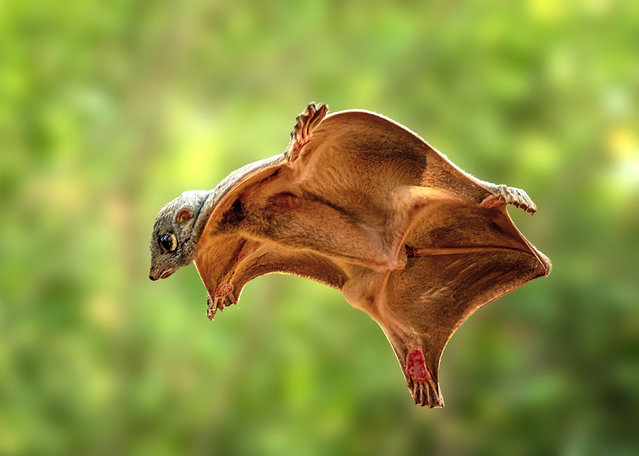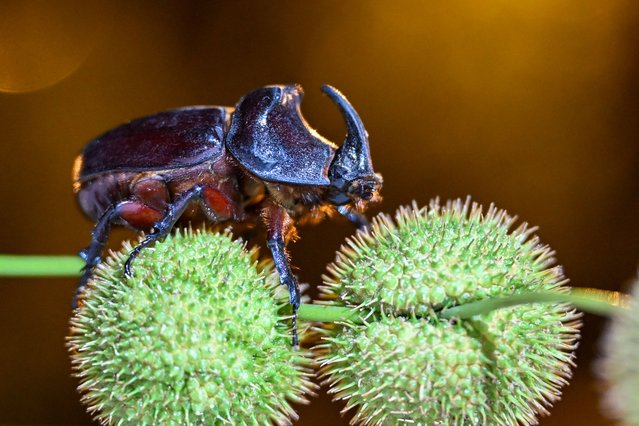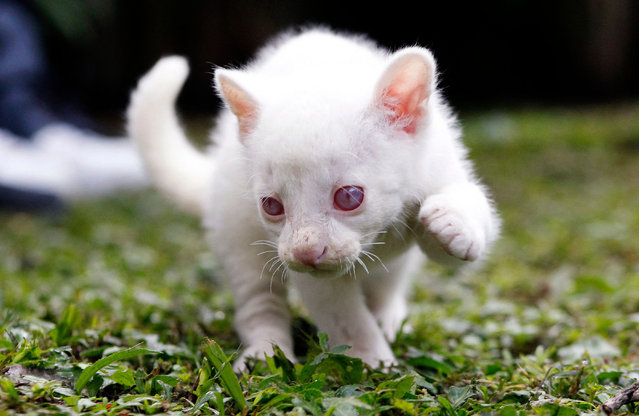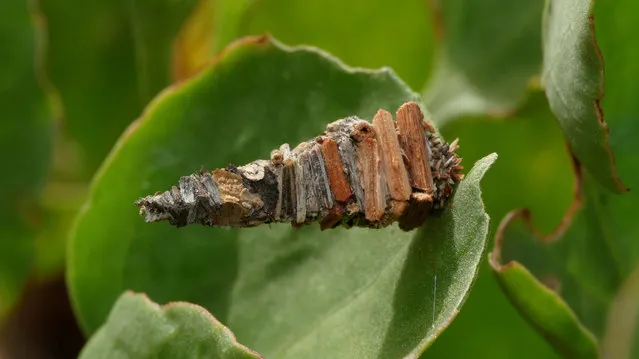
A tourist wearing Hanfu, a style of clothing traditionally worn by the Han people, poses for a photo with blooming cherry blossoms on International Women's Day on March 8, 2024 in Kunming, Yunnan Province of China. (Photo by VCG/VCG via Getty Images)
23 Mar 2024 06:53:00,post received
0 comments







